Camellia Transplanting: Learn How To Transplant A Camellia Bush


The beautiful blooms and dark green evergreen foliage of camellia plants win a gardener’s heart. They add color and texture to your backyard all year long. If your camellias outgrow their planting sites, you’ll want to start thinking about transplanting camellias. Read on for information about camellia transplanting, including tips on how to transplant a camellia and when to move a camellia bush.
When to Move a Camellia Bush
Camellias (Camellia spp.) are woody shrubs that grow best in warmer regions. They thrive in USDA plant hardiness zones 7 through 10. You can buy camellias from your garden store during winter. If you are wondering when to transplant or when to move a camellia bush, winter is the perfect time. The plant may not look dormant, but it is.
How to Transplant a Camellia
Camellia transplanting can be easy or it can be more difficult depending on the age and size of the plant. However, camellias generally don’t have very deep roots, which makes the job easier.
How to transplant a camellia? The first step, if the plant is large, is to do root pruning at least three months before the move. To start transplanting camellias, draw a circle in the soil around each camellia bush that is a little larger than the root ball.
Press a sharp spade into the soil around the circle, slicing through roots. Alternatively, dig a trench in the soil around the plant. When you are done, refill the area with soil until you are ready to transplant.
The next step in camellia transplanting is to prepare a new site for each plant. Camellias grow best in a site with part shade. They need well-draining, rich soil. When you are transplanting camellias, remember that the shrubs prefer acidic soil too.
When you are ready to start, reopen the slices you made around the camellia when you did root pruning and dig them even further down. When you can slip a shovel under the root ball, do so. Then you’ll want to remove the root ball, place it on a tarp, and gently move it to the new site.
Gardening tips, videos, info and more delivered right to your inbox!
Sign up for the Gardening Know How newsletter today and receive a free copy of our e-book "How to Grow Delicious Tomatoes".
If the plant was too small and young to require root pruning before camellia transplanting, just dig around it with a shovel. Remove its root ball and carry it to the new site. Dig a hole in the new site twice as big as the plant’s root ball.
Gently lower the root ball of the plant into the hole, keeping the soil level the same as it was in the original planting.

Teo Spengler is a master gardener and a docent at the San Francisco Botanical Garden, where she hosts public tours. She has studied horticulture and written about nature, trees, plants, and gardening for more than two decades. Her extended family includes some 30 houseplants and hundreds of outdoor plants, including 250 trees, which are her main passion. Spengler currently splits her life between San Francisco and the French Basque Country, though she was raised in Alaska, giving her experience of gardening in a range of climates.
-
 4 Superfast Composting Methods: Turn Waste Into Garden Gold In 30 Days Or Less
4 Superfast Composting Methods: Turn Waste Into Garden Gold In 30 Days Or LessTry the fastest composting methods to turbocharge your pile and transform kitchen scraps and garden waste into finished compost in just a few weeks.
By Mary Ellen Ellis
-
 Best Spider Plant Soil – Complete Soil Guide And Expert Tips For Keeping Plants Happy
Best Spider Plant Soil – Complete Soil Guide And Expert Tips For Keeping Plants HappySpider plants are fun and easy plants to grow, but what is the best soil for a spider plant? Selecting the right soil is important so they can thrive.
By Bonnie L. Grant
-
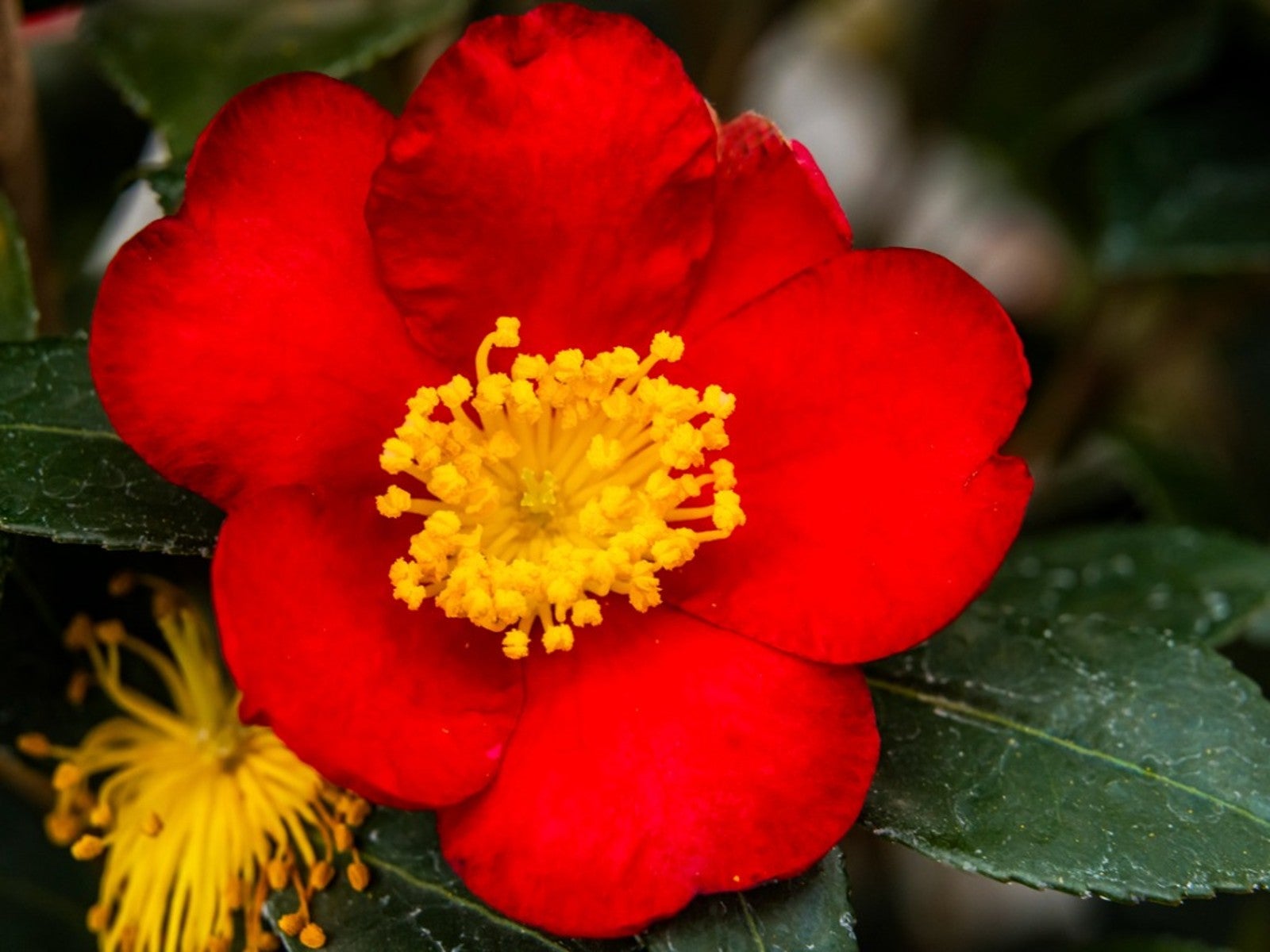 Yuletide Camellia: How To Grow And Care For Yuletide Camellias
Yuletide Camellia: How To Grow And Care For Yuletide CamelliasLearning more about the Yuletide camellia's care can help you decide whether or not this shrub is a good choice for your home landscape.
By Tonya Barnett
-
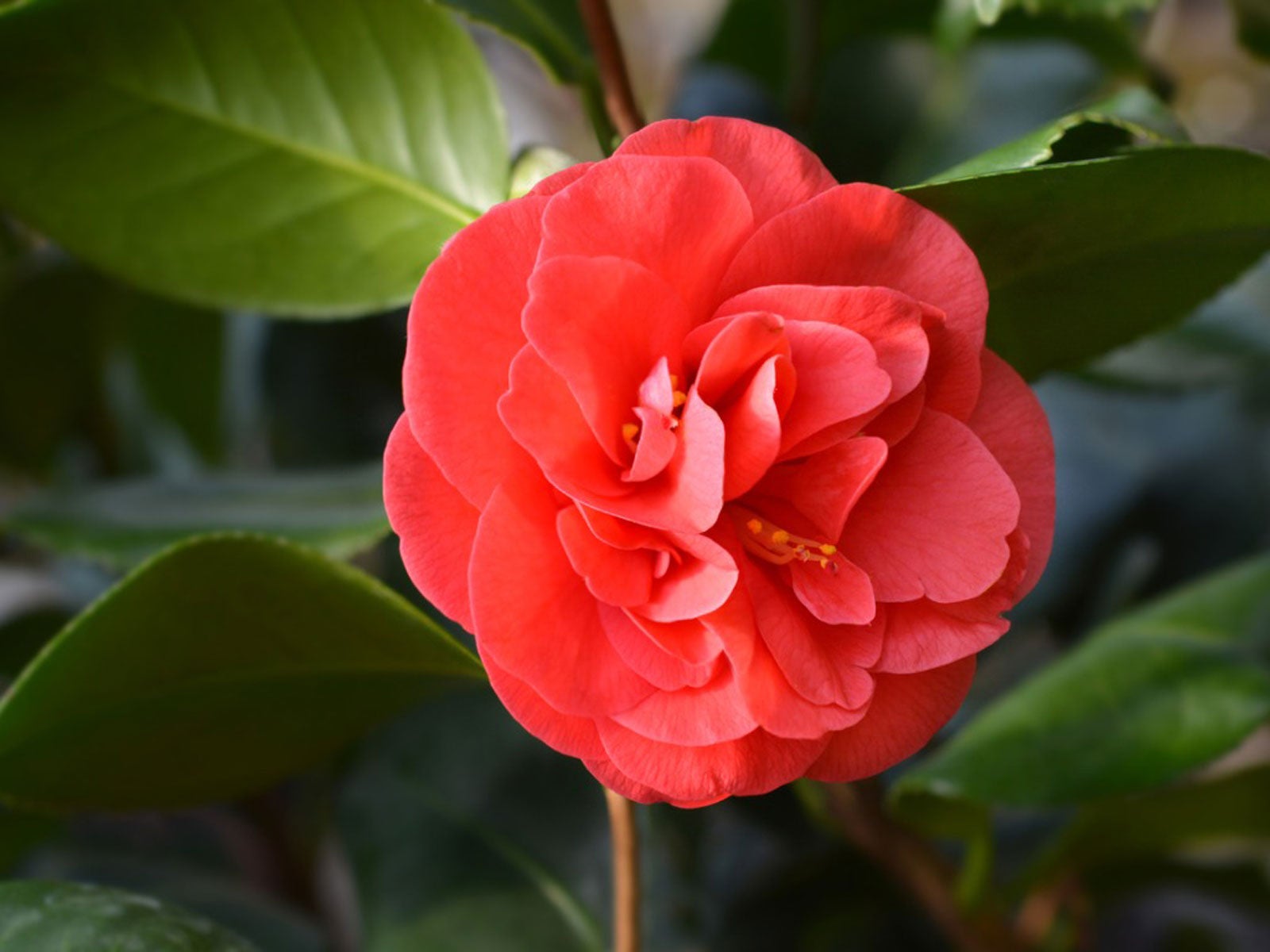 Indoor Camellia Care – How To Grow A Camellia Houseplant
Indoor Camellia Care – How To Grow A Camellia HouseplantCamellias are normally grown outdoors, but you can grow camellias indoors if you give them proper conditions. Learn more here.
By Raffaele Di Lallo
-
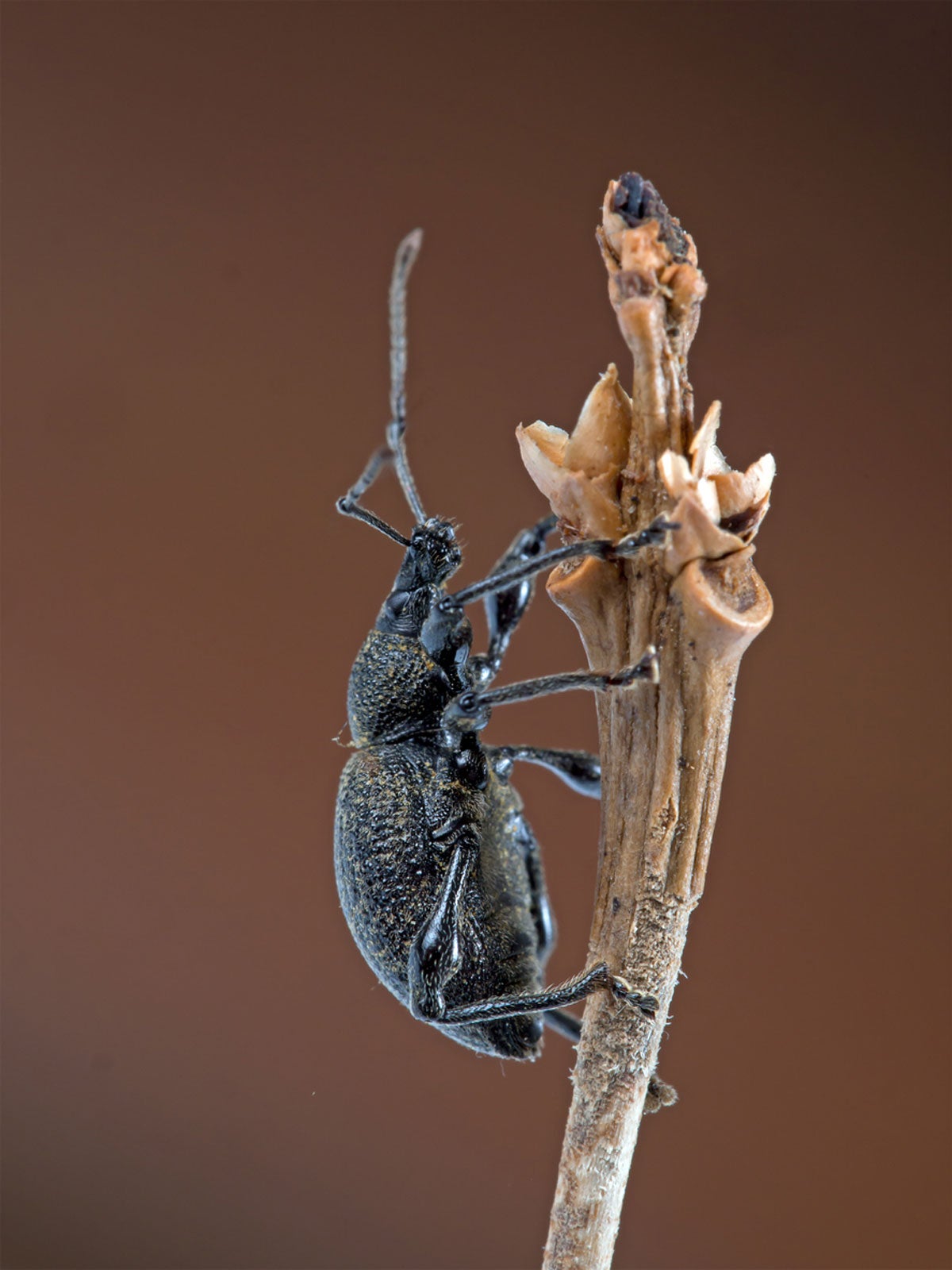 Holes In Camellia Leaves: Controlling Camellia Weevils And Beetles
Holes In Camellia Leaves: Controlling Camellia Weevils And BeetlesCamellias have gorgeous blooms but their beauty can be significantly marred by holes in camellia leaves. If your camellia plant has holes, it is most likely the result of the camellia vine weevil or cranberry rootworm beetle. Learn how to combat them here.
By Amy Grant
-
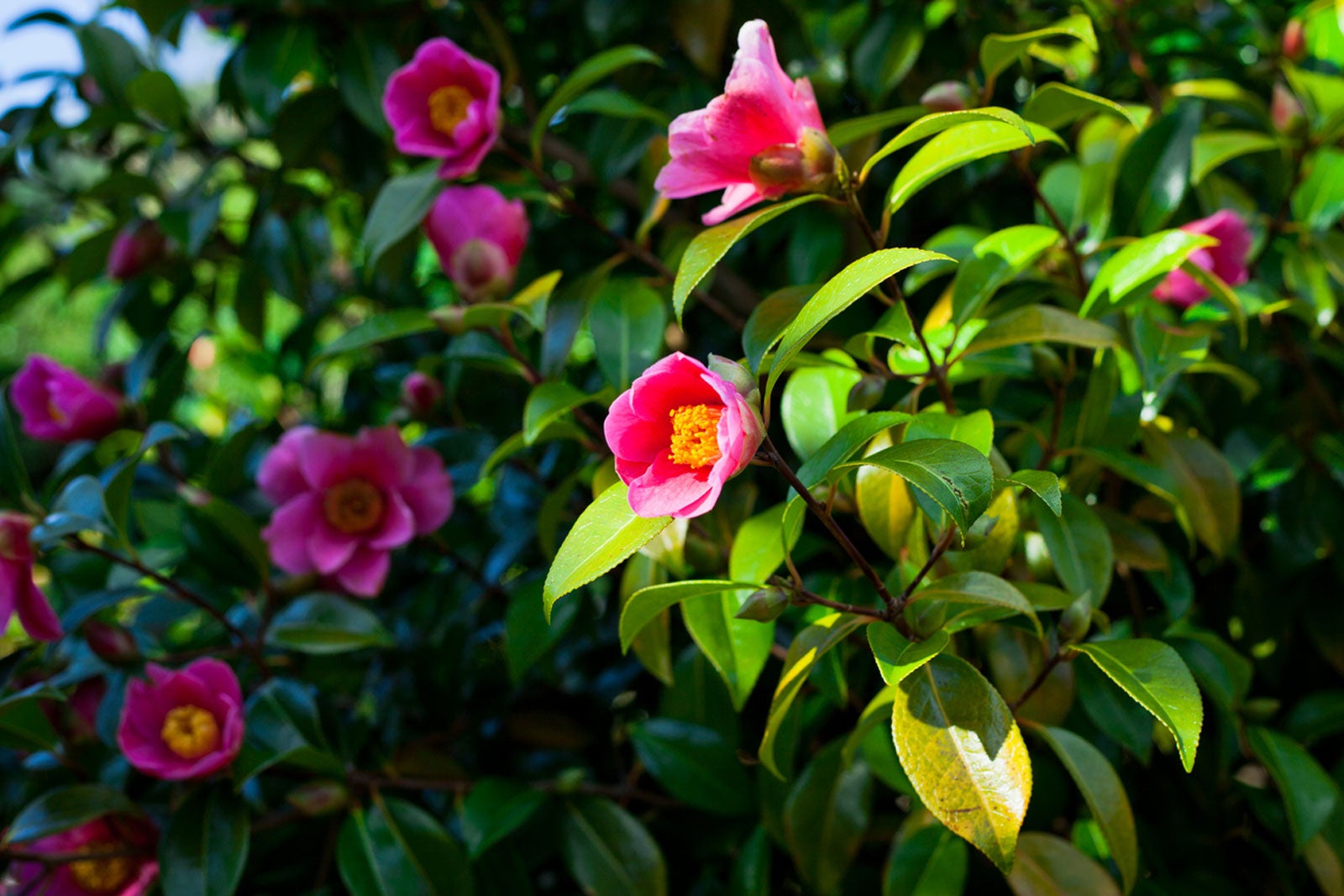 Camellia Companion Plants - What To Plant With Camellias
Camellia Companion Plants - What To Plant With CamelliasIf you’re wondering about suitable companions for camellias, keep in mind that while color and form are important, so too are growing habits. Many plants play nice with camellias, but others just aren’t compatible. Click here for tips on planting with camellias.
By Mary H. Dyer
-
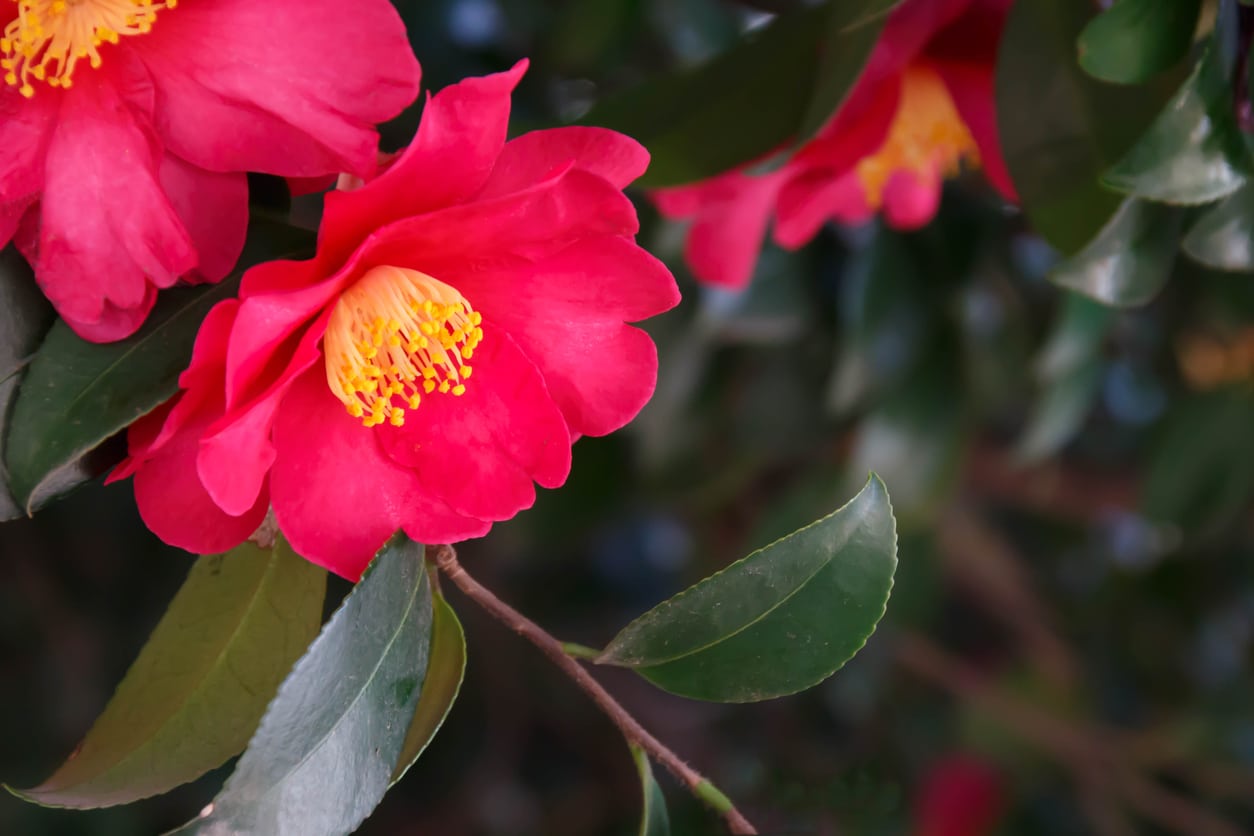 My Camellias Won't Bloom – Tips For Making Camellias Flower
My Camellias Won't Bloom – Tips For Making Camellias FlowerAlthough camellias are generally reliable bloomers, they can be stubborn at times. It?s frustrating, but sometimes, even healthy camellias won?t bloom. If you?re wondering how to make non-flowering camellia plants bloom, click here for more information.
By Mary H. Dyer
-
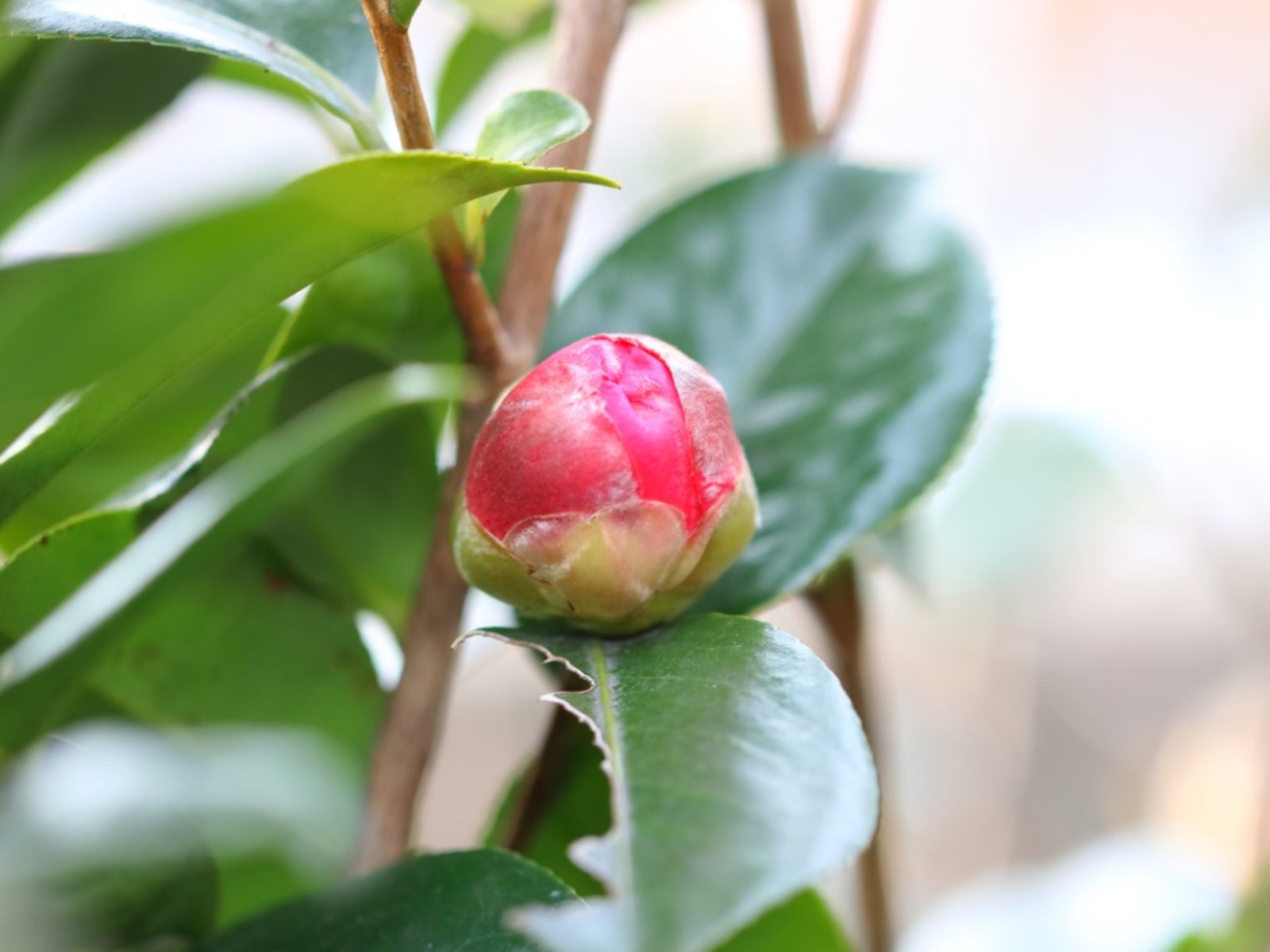 Tips On Treating Bud Mites On Camellias
Tips On Treating Bud Mites On CamelliasToday's camellias are easy-to-grow evergreen plants, as tough and rugged as they are beautiful. But that doesn't mean that camellia lovers shouldn't prepare for insect pests, like camellia bud mites. Click here for information about mites on camellia plants.
By Teo Spengler
-
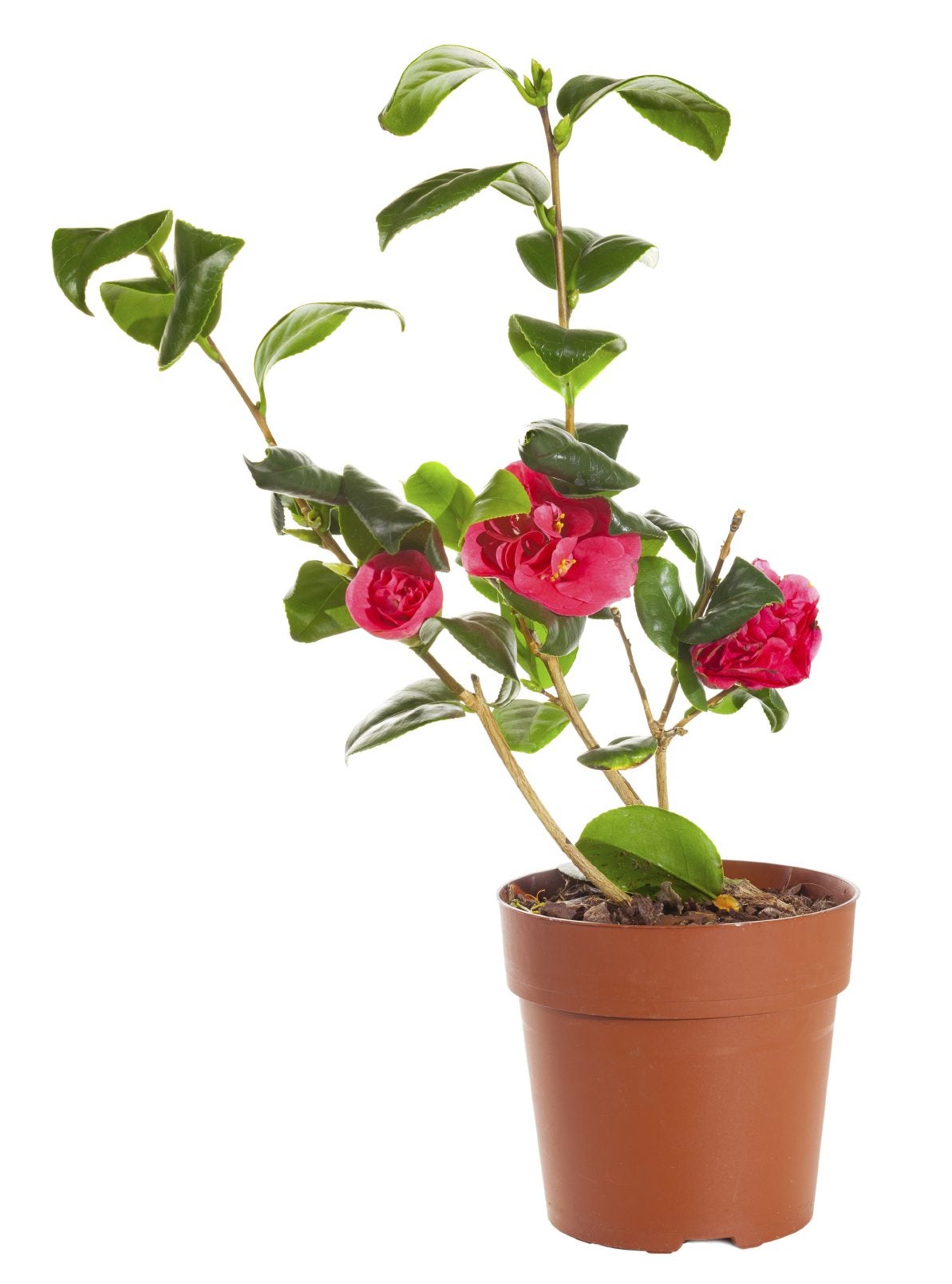 Camellia Container Care: How To Grow A Camellia In A Pot
Camellia Container Care: How To Grow A Camellia In A PotAlthough camellias can be somewhat picky about their growing conditions, container grown camellias are definitely possible. Learn how to grow a camellia in a pot using the information in the following article. Click here for more info.
By Mary H. Dyer
-
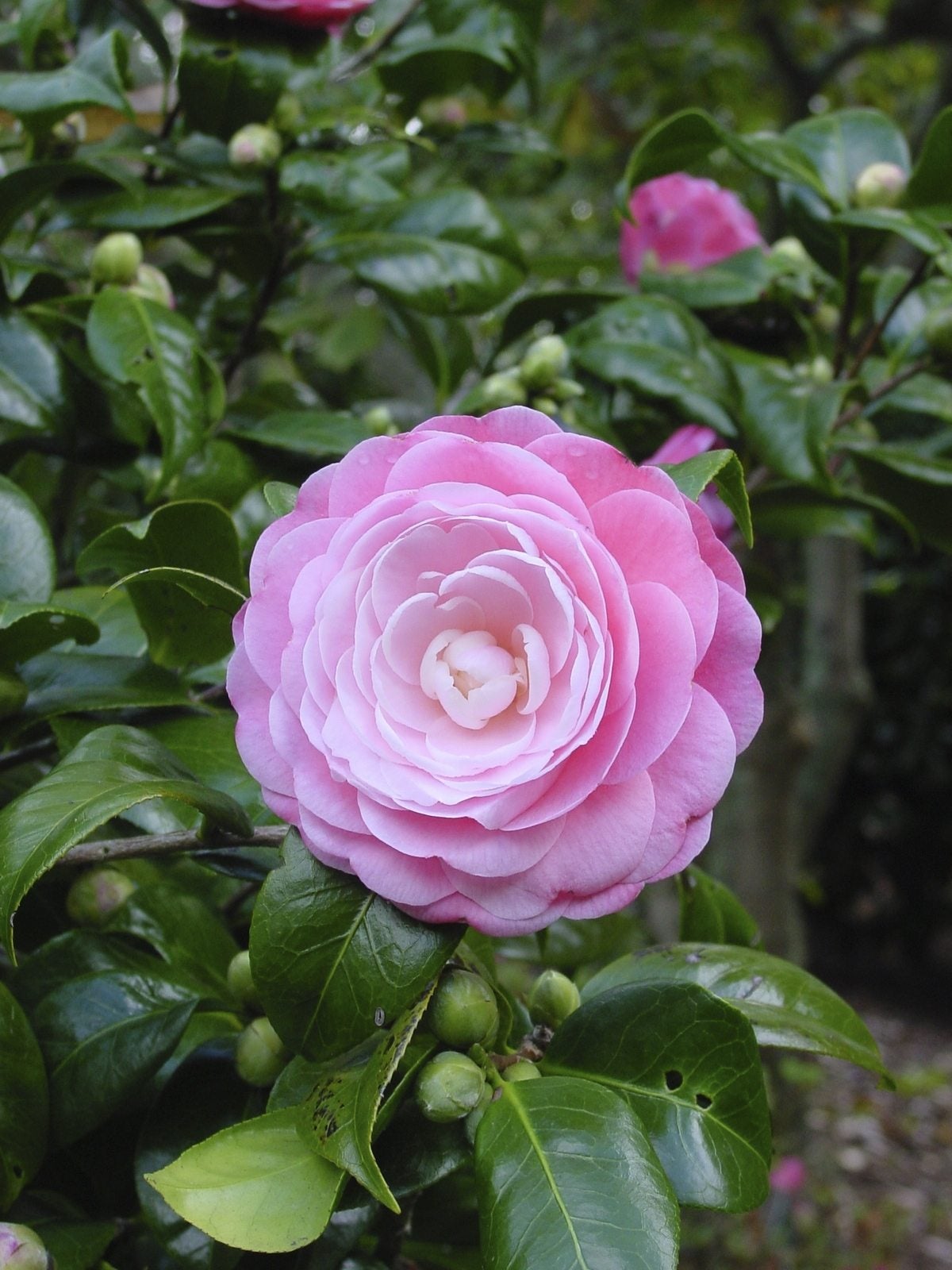 Growing Camellia: Ultimate Camellia Planting And Care Guide
Growing Camellia: Ultimate Camellia Planting And Care GuideWhen early spring rolls around it’s time to think about camellia planting and care. One of the most beautiful shrubs with, brilliant foliage and stunning blooms, it deserves some devoted attention.
By Teo Spengler